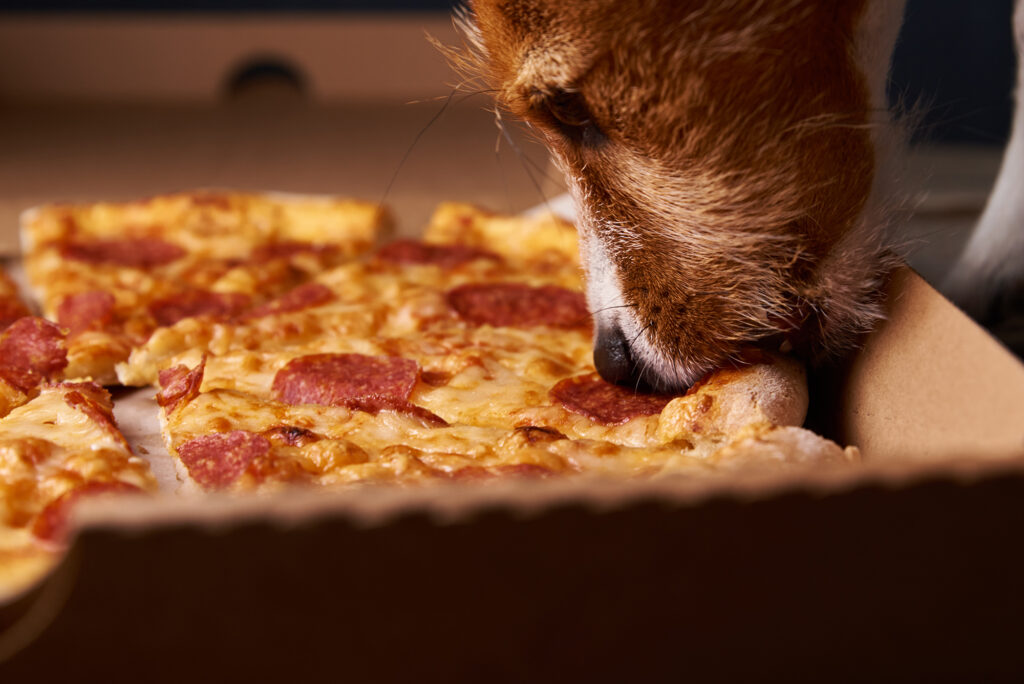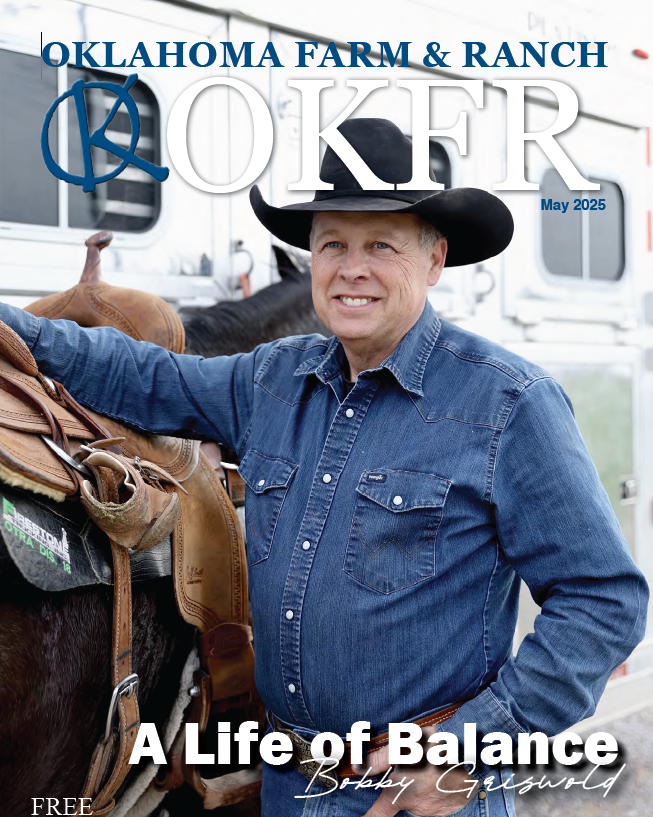Country Lifestyle
Say Yes!
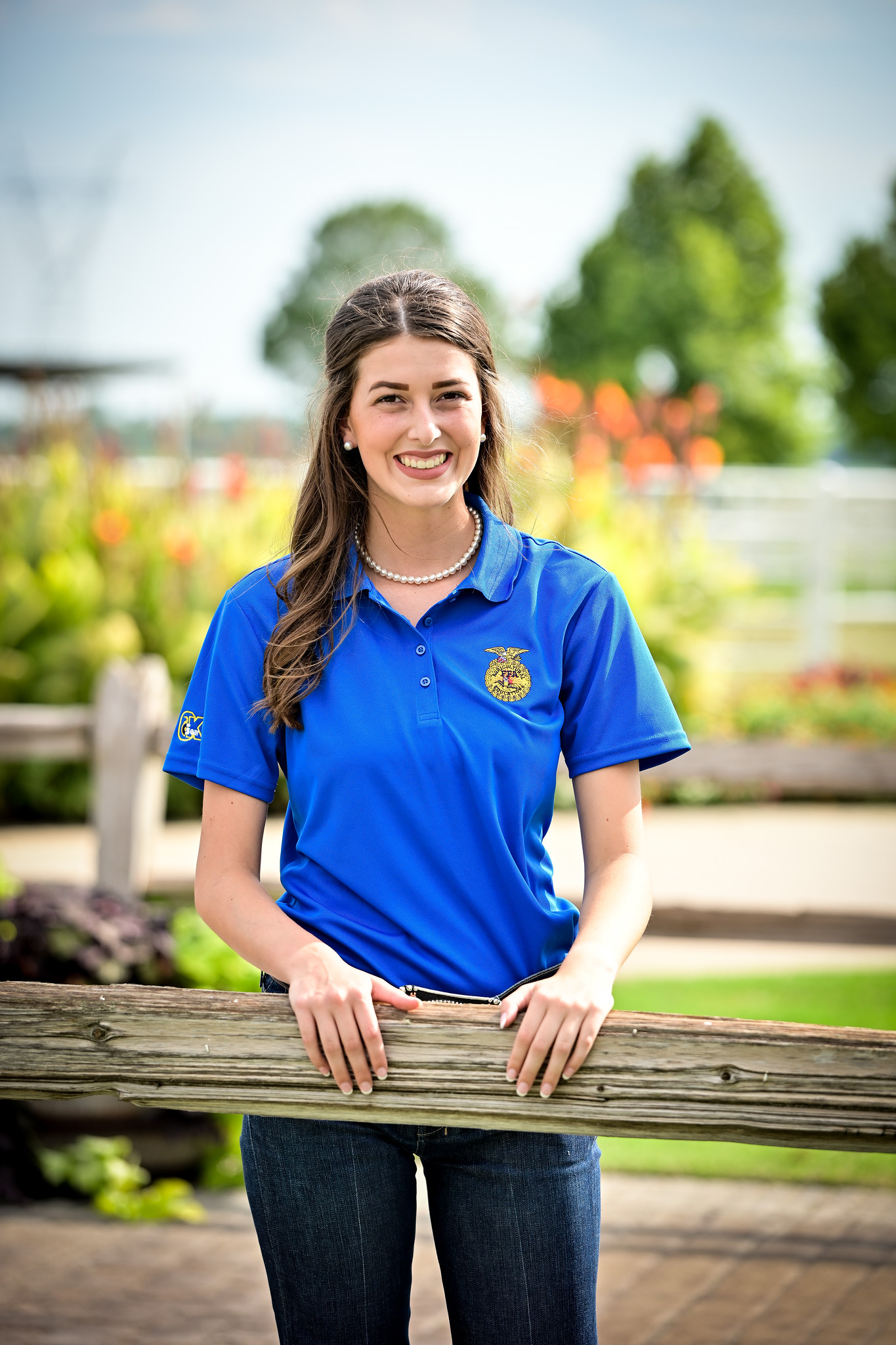
FFA National Officer Karstyn Cantrell
It was a Saturday last October, when Karstyn Cantrell heard her name announced from the National Convention Stage in Indianapolis. With a pounding heart, she realized her dream of becoming a National FFA Officer had come to fruition. Years of elation and heartbreak had all culminated in that moment, and it was all because she’d learned the value of saying “Yes!”
In the Blood
Karstyn Cantrell grew up on a fourth-generation cow-calf operation in the northeast Oklahoma town of Collinsville. Her great grandfather, Olin Lewis, had started a dairy co-op. While a dairy cow hasn’t stepped foot on the place since she’s been alive, her family still stores the yearly hay supply in that original dairy barn.
“When my father (Steve) was growing up, he started diving more into the Hereford side. He was big in FFA, and was Collinsville FFA Chapter President. I have an older brother, and when he was old enough to show, we changed a lot of the genetics of our ranch, going from more cow-calf animals to more show quality livestock,” Karstyn explained.
“I began showing when I was four years old, and my brother was my biggest mentor in the show ring. Now it’s something we continue today through a lot of the national shows,” she said.
Since she spent the entirety of her life in the agriculture industry, she made a pretty seamless transition from the green corduroy jacket of 4H to the blue and gold one of FFA. “I was always big in the show ring and thought that was where I was going to find my home, but as I got older, I really fell in love with things like livestock and dairy evaluation, and being active in the Agricultural Communications Career Development Events,” she recalled.
Naturally, Karstyn’s Supervised Agricultural Experience began as raising cattle on the ranch. As she got older, she added an agricultural sales SAE, where her family owns, maintains, and creates their own blends and custom show rations for cattle. “My junior year I decided to add a third component to my SAE with an agricultural communications side and started a blog where I posed weekly updates about things that were happening in Oklahoma Legislature that affected the industry. I’d also post show results, and information about different camps, contests, conferences, and conventions. I would see profit from my blog based off of every thousand views that I got.”
While agriculture has definitely always been part of Cantrell’s story, for a long time, it looked like volleyball would hold the most important chapters. Her mother, Michelle Cantrell, was the head volleyball coach at Owasso Public Schools, and Karstyn grew up watching the teams win state tiles. “I knew volleyball was going to be the lifestyle for me. I honestly contemplated choosing the college career for volleyball. I played club and school and sand, and while FFA was fun, that wasn’t where my focus was,” she admitted.
Then fate stepped in during her junior year, and health issues forced her to stop playing volleyball.
Her decision made for her, she began diving more into FFA.
Already a chapter officer her junior year, she was looking for a new passion. She had thought running for an Oklahoma State FFA Officer might fill the void left from volleyball, but it wasn’t until she was visiting with a fellow FFA Officer that she made the decision. “My friend Kaitlan (Teague) and I were talking about what our life was like, and how FFA had really helped us grow up,” she recalled. “I told her I had to be a State Officer.”
Unfortunately, the time that Karstyn would be campaigning for the position of Northeast Area Vice President was right in the middle of the Covid-19 pandemic. “That meant all the chapter conferences, speech contests, livestock shows … all those things were closed down. I did a lot of virtual conversations to just maintain the relationships that I had already created. Instead of being the person who was in place at all the events, I really got to refine the connections I already had,” she recalled.
One of the coolest moments of an Oklahoma State Officer’s tenure happens during State Convention, but, once again, those plans changed. “Normally you’re surrounded by thousands of people, and you’re standing arm-in-arm with every single candidate on the convention floor,” she explained.
But because of the restrictions in place, Karstyn and her family learned of her win in a much cozier setting.
“I actually got to watch my name get called surrounded by my parents, grandparents, brother, teachers, family, and a lot of friends. We had a cookout that day, and what would have normally been a stressful environment was really fun. We were able to reflect on what FFA has meant to not only me, but also my family,” she said.
When her name was announced, the celebration was on. “I’ll never forget sitting on the floor when they called my name. All of a sudden, we were hugging each other in a big dog pile, and there was confetti and all that stuff,” she said with a laugh.
“I can’t imagine what my life would look like if I had chosen to go down the volleyball route, especially as I think about my senior year, when I was running for a state office in a time of COVID. So much of my life changed that year,” she said. “At the same time, going down path of serving as a state officer has brought me to where I am now.”
Lessons Learned
Karstyn served as the Northeast Area Vice President for the 2020-2021 year. Following the State FFA Convention in May 2021, she began the Oklahoma process of becoming a National Officer.
“Every state gets one candidate, so for me, the process included going through interviews and conversations with industry stakeholders within Oklahoma FFA. I had the opportunity to secure Oklahoma’s bid in June 2021,” she explained.
But at the 2021 National FFA Convention, her name was not called to go on stage as a new National Officer.
“It was an incredibly humbling experience to be standing on the Convention floor and watching six awesome people go up on stage after their name was called, and be one of the people who were not,” she admitted. “I can honestly say I experienced more growth within the last year than I could imagine, just because of that circumstance. It really allowed me the opportunity to find who I was in and out of the blue and gold jacket, which better prepared me to go through the process again this past year.”
She expanded on that, and added, “That taught me so much about hard work and persisting through issues. I know, for National FFA, there are more than 850,820 FFA members that we get to serve, and each and every one has faced adversity in some form or fashion.
“So for me that taught me to continue pushing through to find out what gives me joy as I walk through those difficult circumstances, and I can share that with others,” she said.
Getting There
“Something my parents have always encouraged me to do is say yes to opportunities, so that I can figure out the places I need to grow,” she explained.
That advice has been taken to heart, as Karstyn is involved in many clubs, organizations, and programs on the Oklahoma State University campus, including Ferguson College of Ag VP, Chi Omega Sorority, Agricultural Communicators of Tomorrow Club, Collegiate Farm Bureau Club, Student Network Alumni Ambassador Team, OSU Steering Committee, and OSU’s Student Government Association.
“I’ve always had my foot in a lot of different circles, but I think it’s cool to see that each of those have instilled a lot of different characteristics in me,” she said.
Karstyn is an Agricultural Communications major with a minor in Legal Studies. After her gap year serving as a National Officer, she hopes to return to OSU to finish her degree. “I would like to enter a law program, so I can hopefully serve Oklahoma once again in the agricultural policy field,” she said.
When asked what she would tell a young student contemplating joining FFA, her answer was simple. Say yes!
“Say yes. Go to that camp, that conference, that convention, and every time there is a chance to sign their name up, they should do it. That’s how they figure out their place. I tried lots of things that didn’t’ work for me, but they pointed me to what would be a better fit. As a student, you never know what experiences can change your life,” she said.
Read more great stories in the latest issue of Oklahoma Farm & Ranch.
Country Lifestyle
Farm Dogs & Table Scraps
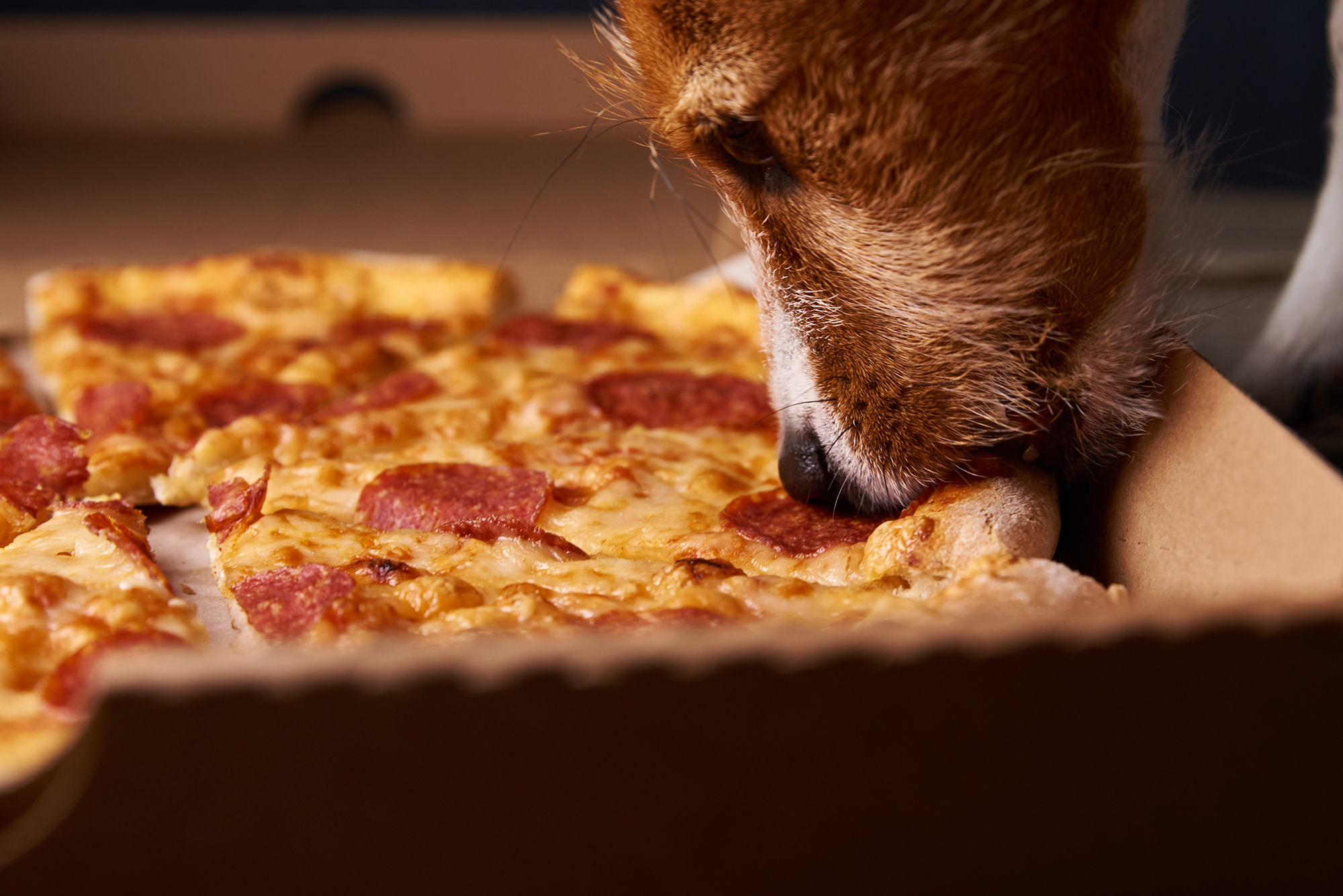
What’s Safe and What’s Not?
Growing up on a farm, our dogs were tough. They roamed the pastures, slept under the barn, and ate just about anything they could get their paws on—whether we meant for them to or not. I’ll admit, I never thought twice when one of our old cow dogs snatched a biscuit off the table or licked up a spill from the barn floor. I’ve even seen a dog steal a whole rib bone off a plate and trot off like he’d won the lottery. And somehow, they always seemed fine.
But here’s the thing—just because they survived doesn’t mean it was safe. For every farm dog that lucked out, there’s another that wasn’t so fortunate. Some human foods can be downright toxic to dogs, and a little bit of bad luck (or a smaller, more sensitive dog) can turn a harmless snack into an emergency.
Common toxic foods lying around the farmhouse
If you’ve got a farm dog—or any dog, really—you need to be aware of the dangers lurking in everyday foods. Some of the biggest culprits include:
Chocolate – The darker it is, the worse it is. Even a little can cause vomiting, seizures, or worse.
Grapes & Raisins – No one’s exactly sure why, but they can cause kidney failure fast.
Onions & Garlic – In large enough amounts, these can destroy red blood cells, leading to anemia.
Xylitol (Found in Sugar-Free Gum & Candy) – This artificial sweetener can send a dog’s blood sugar crashing and cause liver failure.
Alcohol – Even small amounts can be deadly to dogs, affecting their nervous system much more than it does ours.
Bones from Cooked Meat – While not necessarily toxic, they can splinter and cause serious internal injuries.
Macadamia Nuts – These can lead to weakness, vomiting, and even paralysis in dogs.
What to do if your dog eats something toxic
First, don’t panic—but don’t ignore it either. If you know your dog ate something dangerous, call your vet immediately. They can tell you whether to induce vomiting or if it’s something that requires urgent care. If it’s after hours, contact the ASPCA Animal Poison Control Center (888-426-4435) or the Pet Poison Helpline (855-764-7661).
Prevention is always the best medicine, so keep toxic foods out of reach. That might mean keeping the trash can secured, making sure kids don’t slip the dog a treat under the table, or just being more mindful of what’s left on the counter.
Our farm dogs might have been lucky, but luck isn’t a great strategy when it comes to their health. A little awareness goes a long way in making sure they stay happy, healthy, and ready for the next day’s work.
For more information
ASPCA Animal Poison Control: www.aspca.org/pet-care/animal-poison-control
Pet Poison Helpline: www.petpoisonhelpline.com
Visit www.akc.org/expert-advice/nutrition/foods-your-dog-should-never-eat
Country Lifestyle
Summer Squash and Corn Chowder

By Lacey Vilhauer
Total time: 40 minutes
Servings: 6-7
Ingredients
- 6 slices bacon, cooked and crumbled and 1 1/2 Tbsp rendered bacon fat reserved
- 1 1/2 lbs yellow squash, chopped (about 3 medium)
- 2/3 cup thinly sliced celery
- 1 cup diced onion
- 1 Tbsp flour
- 2 cloves garlic, minced
- 2 3/4 cup milk (I used 1%)
- 5 cups canned or fresh cut corn (from about 6 ears corn), divided
- 1/2 cup heavy cream
- 1 1/2 tsp chopped fresh thyme (or 1/2 tsp dried)
- 3/4 tsp salt, then more to taste
- 1/4 tsp freshly ground black pepper, then more to taste if desired
- 3/4 cup shredded cheddar cheese, for serving
- Chopped green onion for garnish (optional)
Instructions
Heat 4 tsp reserved bacon fat in a large pot over medium-high heat. Add celery and onion and sauté 2 minutes then add the squash.
Saute until tender, about 6 minutes, adding in garlic and flour during last 2 minutes of sauteing. Reduce heat slightly.
Add 1 1/2 cups milk, 2 cups of the corn, thyme, salt and pepper to the sauteed veggies.
To a blender add remaining 3 cups of corn, remaining 1 1/4 cups milk and the cream. Process in blender until nearly smooth (about 30 seconds).
Add pureed mixture to pot and stir to blend. Cook until mixture reaches a light boil.
Serve warm with shredded cheese, crumbled bacon and sliced green onions if desired.
Country Lifestyle
Western Housewives – May 2025
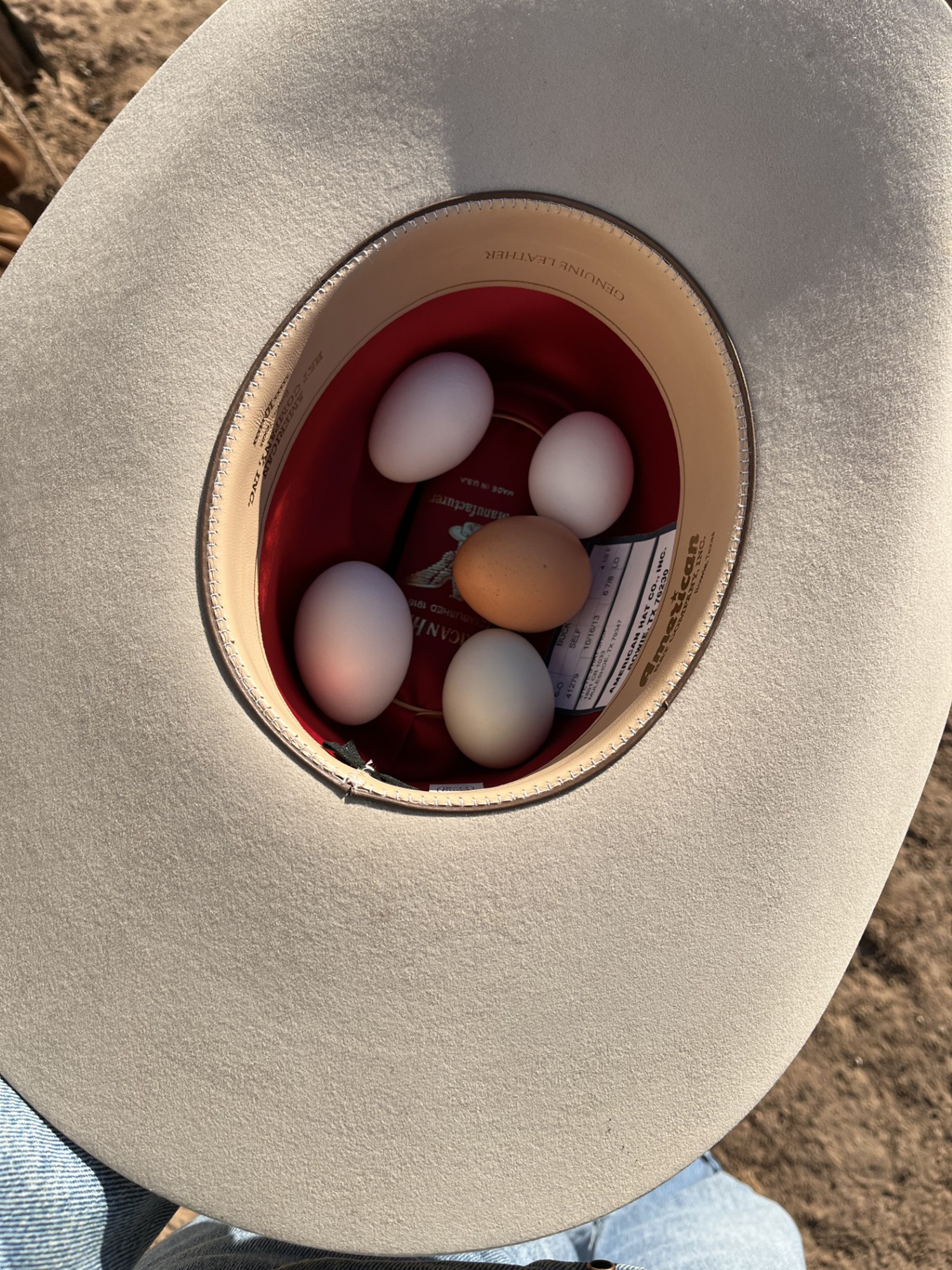
By Summer McMillen
All my married life I have thought that when husbands all got together horseback after a hard days work they were probably rating their wives on a scale from one to ten based on their various capabilities. Did Wife A have a good hat crease? Was Wife B good help in the branding pen? Was Wife C an excellent mother? Was Wife D hospitable to everyone? Could Wife E make a decent gallon of sweet tea? Did Wife F keep a tidy saddle house?
Presumably, when Wife B did not live up to Wife A there was a fist fight followed by wife shaming of Husband B. His status amongst the cowboys immediately fell and he would be behind for the rest of his life in his cowboy career.
He would come home ashamed his wife couldn’t flambé a decent bananas foster and she couldn’t hoolihan either. He would be distraught and said wife would feel his pain.
Of course, this never happened to me like I thought it would. My husband always came home with a smile on his face and I’m pretty sure “flambé” isn’t even in a cowboys vocabulary.
Nonetheless, these imaginary fights and social rankings have plagued my brain for years. It has caused me to always be in competition with myself to be the very best at everything I did. Which I have eventually realized is a trait of women all around the world.
While we are cooking a four course meal for our families we start to think about how we actually should be practicing heading steers instead.
While we are practicing our horsemanship we start to think about how we should actually be preparing a nutritious and elaborate meal for our families.
It is a constant battle that women have created and proceeded to fight for centuries.
One day the inner battle got to me and I finally broke down as we were riding wheat pasture and confessed to my husband my guilt. I was so sorry that I wasn’t a better cowgirl. I was so sorry that the house was a mess. I was so sorry that I would never be on The Cowboy Channel. I was so sorry that I had lost his good pair of gloves. (Except I didn’t actually mean to confess that last part. Some things are just better left unknown.) I apologized again and again and told him I was sorry and he probably never wanted to bring his friends over for supper ever again.
Instead of consoling me, he just started looking at me like I was crazy. Which is what all good husbands do.
He stopped his horse and looked at me and said “Do you know how cowboys rate each other’s ranch wives?”
So many thoughts started filling my brain. Was it looks? Gentleness? Laundry speed? Work ethic?
Then he revealed their secret. “Cowboys rate each other’s wives by how well they can cook eggs for breakfast.”
His point of course, was that men don’t think about each other’s wives. As long as they get their eggs for breakfast. In another twist of irony, my husband taught me how to fry the perfect egg. What can I say? It’s a man’s world.
Since then, I have let go of my irrational fears and doubt and have simply been living life. It’s all anyone can do. I may not team rope the best. I may get my fingers when I’m trying to dally and I may not have the tidiest saddle house. But I try hard at everything I do and I do it all out of love for my family and finally, myself.
So, if you’re a woman this Mother’s Day and you catch yourself feeling down amongst life constant pressures just remember you are not alone. You can almost guarantee there is a woman in every household that needs a little pick me up. Maybe you should just go outside. Maybe you should sit down and count your blessings. Or, maybe you should have your husband fry you some eggs.
-

 Attractions8 years ago
Attractions8 years ago48 Hours in Atoka Remembered
-

 Country Lifestyle9 months ago
Country Lifestyle9 months agoJuly 2017 Profile: J.W. Hart
-

 Country Lifestyle9 years ago
Country Lifestyle9 years agoThe House a Treasure Built
-

 Country Lifestyle3 years ago
Country Lifestyle3 years agoThe Two Sides of Colten Jesse
-

 Outdoors7 years ago
Outdoors7 years agoGrazing Oklahoma: Honey Locust
-

 Equine8 years ago
Equine8 years agoUmbilical Hernia
-

 Outdoors5 years ago
Outdoors5 years agoPecan Production Information: Online Resources for Growers
-

 Farm & Ranch7 years ago
Farm & Ranch7 years agoHackberry (Celtis spp.)

